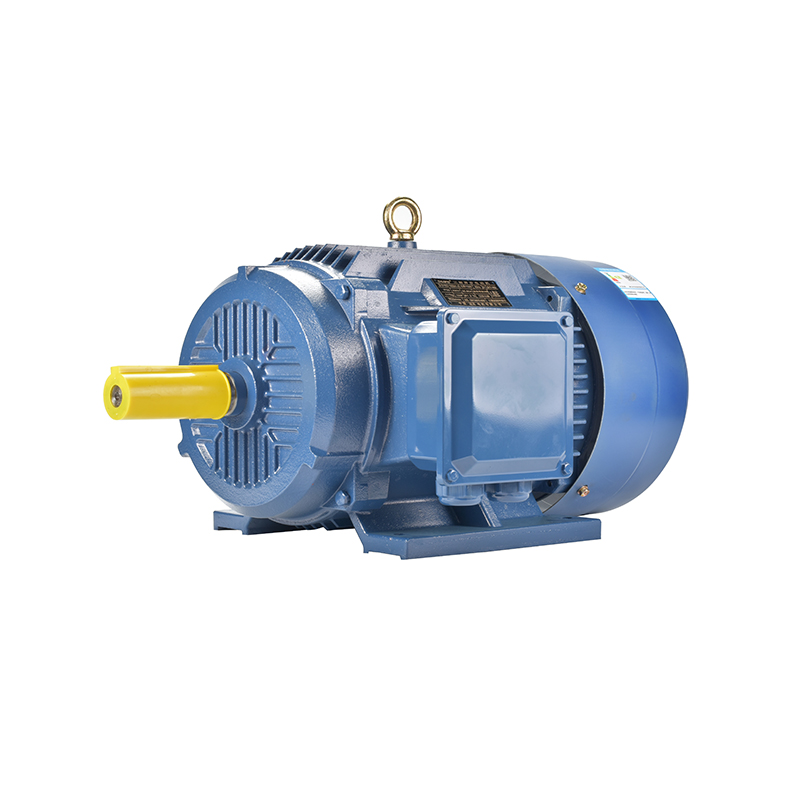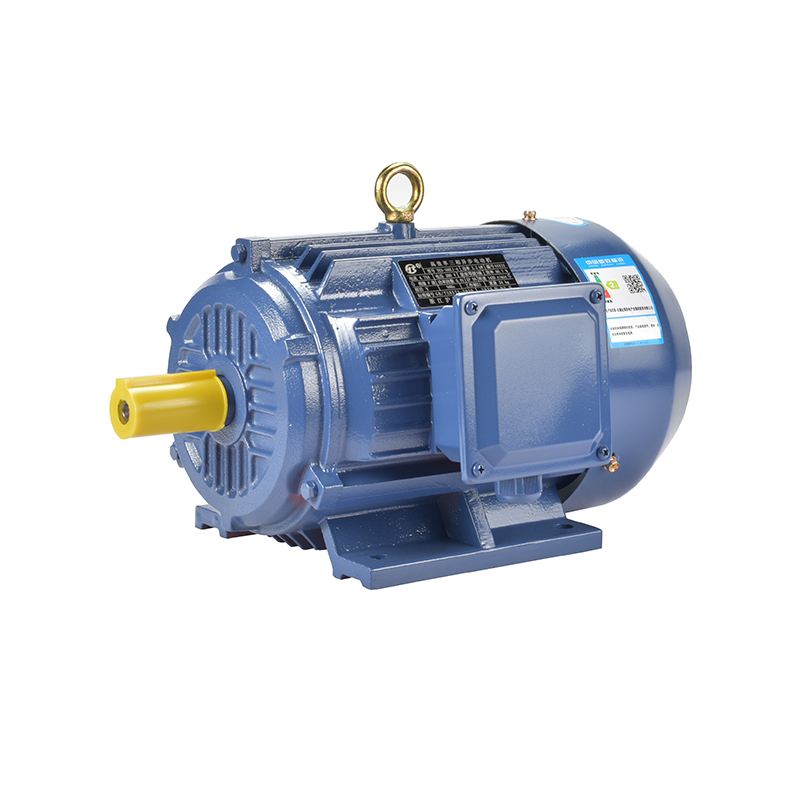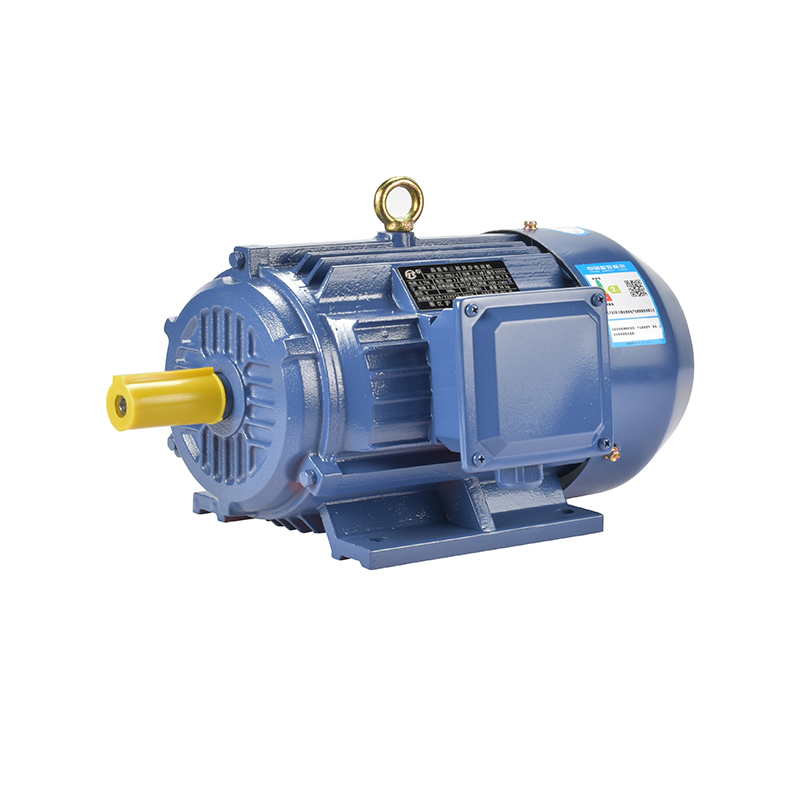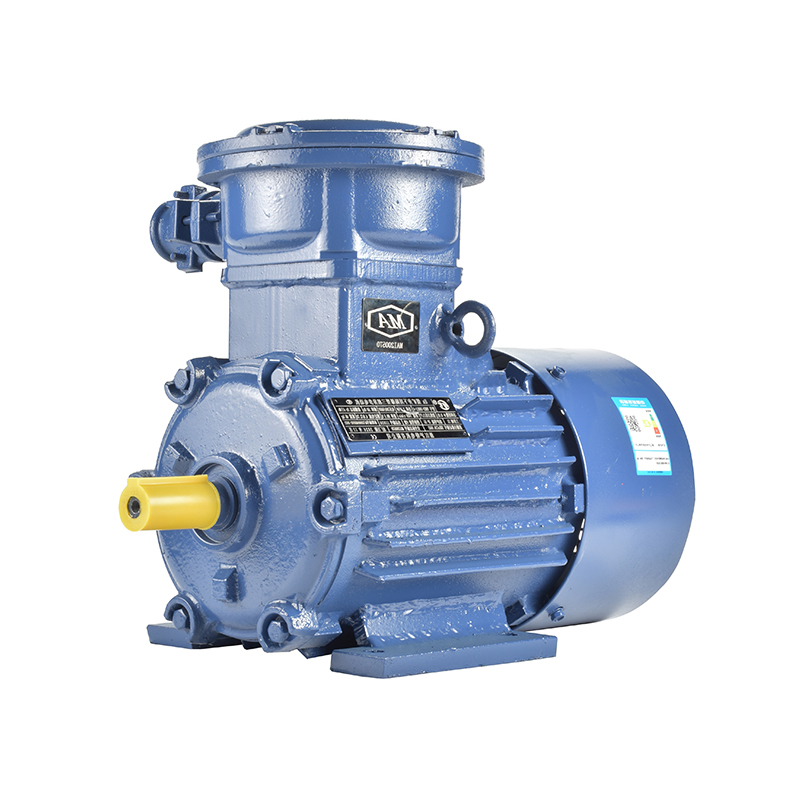How Second Class Energy Efficient Motor Supports the Global Move Toward Green Industry
In recent years, energy conservation has become more than just a buzzword — it’s a worldwide movement. As governments and industries look for ways to lower emissions and improve energy usage, one component is quietly making a big impact: the Second Class Energy Efficient Motor. This type of motor is being increasingly used in factories, commercial facilities, and even infrastructure projects where performance and energy savings must go hand in hand.

A Step Toward Sustainable Manufacturing
Many industrial processes rely heavily on motors to drive production lines, pumps, fans, and compressors. By choosing a Second Class Energy Efficient Motor, companies can lower their electricity consumption without sacrificing reliability. The design emphasizes reduced power loss and improved electromagnetic performance, allowing machines to operate with greater stability. For many manufacturers, this translates to cost savings and a smaller carbon footprint — two major goals in sustainable development.
Moreover, with rising energy prices and stricter global regulations, businesses are becoming more conscious of every kilowatt-hour consumed. Using efficient motors can be a direct step toward meeting environmental goals while improving long-term operational competitiveness.
Meeting Global Energy Efficiency Standards
Countries around the world have been setting stricter standards for industrial equipment. From Europe’s EcoDesign regulations to North America’s energy labeling programs, motors are now expected to meet minimum efficiency requirements. The Second Class Energy Efficient Motor fits perfectly into this new industrial framework. It aligns with international efficiency levels, helping companies stay compliant while maintaining operational efficiency. For export-oriented manufacturers, adopting such motors can also simplify product certification and entry into multiple markets.
Enhancing Long-Term Equipment Value
Energy-efficient motors are not just about immediate savings — they bring long-term benefits. A Second Class Energy Efficient Motor generally produces less heat and mechanical wear, which extends the lifespan of connected equipment. This reliability reduces downtime and maintenance frequency, both of which are critical for businesses seeking continuous production. Over time, the total cost of ownership becomes significantly lower than that of traditional motors, creating added value for enterprises focused on sustainable growth.
Supporting Industrial Automation and Upgrades
As industries move toward smart manufacturing and digital control systems, the demand for motors that can deliver precise performance grows rapidly. The Second Class Energy Efficient Motor offers excellent compatibility with variable frequency drives and automated control networks. This means it can easily integrate into modern production systems, supporting the global shift toward Industry 4.0 while maintaining energy-conscious operation. For companies upgrading from older equipment, this transition also offers the opportunity to build more efficient and intelligent production lines.
Why This Technology Matters for the Future
The growing awareness of environmental responsibility is reshaping how industries operate. The Second Class Energy Efficient Motor stands out as a practical and forward-thinking solution. By choosing such technology, businesses are not only improving energy performance but also sending a clear message: sustainability and productivity can coexist. In the years ahead, this kind of innovation will continue to define how companies stay competitive in a greener global economy.
Ultimately, the Second Class Energy Efficient Motor is more than a piece of machinery — it’s a symbol of progress. It demonstrates how small technological improvements can lead to significant changes in global energy consumption and industrial responsibility.
-
Feedback



 English
English русский
русский Español
Español عربى
عربى






